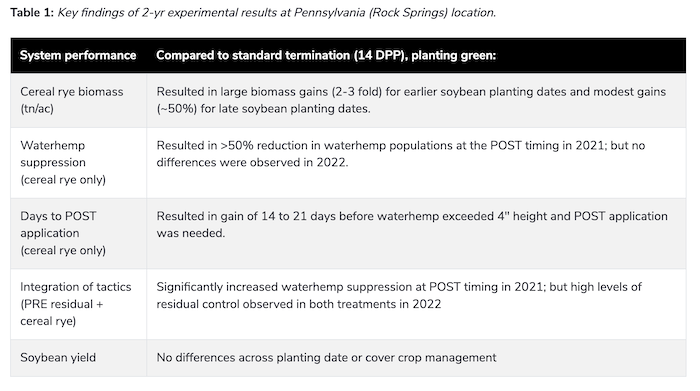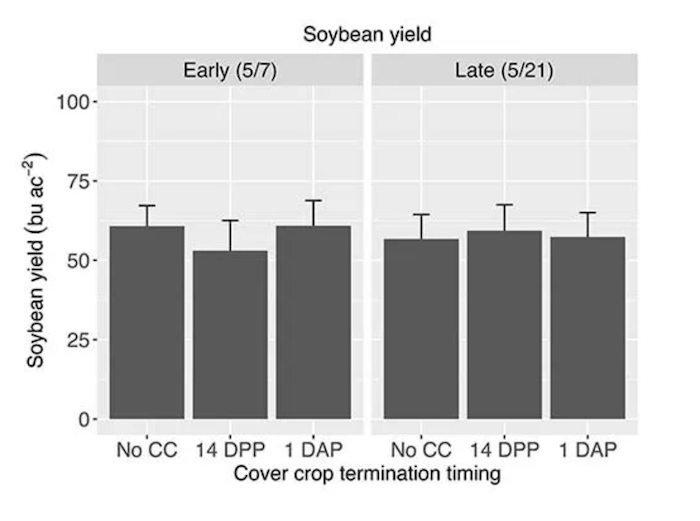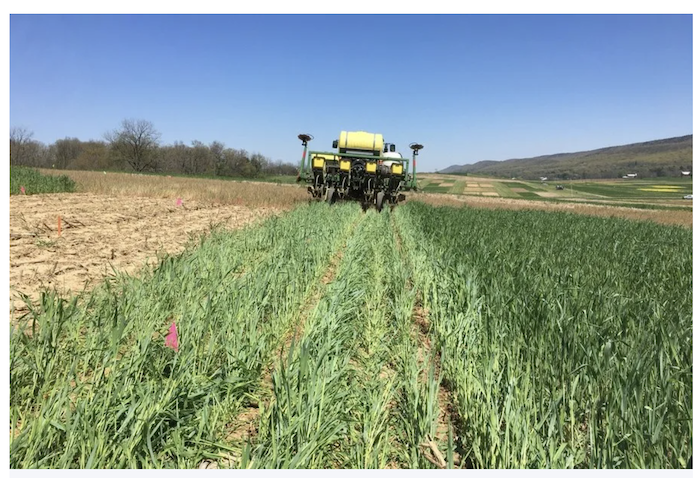
Summary
Our results suggest that planting green can improve waterhemp management by reducing recruitment and delaying the timing of POST herbicide applications when high biomass levels are realized. However, planting green will need to be employed with 2-pass herbicide programs (PRE/POST) when more modest biomass levels (<2 tn/ac) are achieved. Soybean yielded similarly across early and late planting dates and across varying levels of cereal rye biomass production in our 2-yr study. However, it will likely be necessary to make planter modifications, including residue management tools, to consistently achieve adequate soybean stands in varying levels of cereal rye residues.





Post a comment
Report Abusive Comment